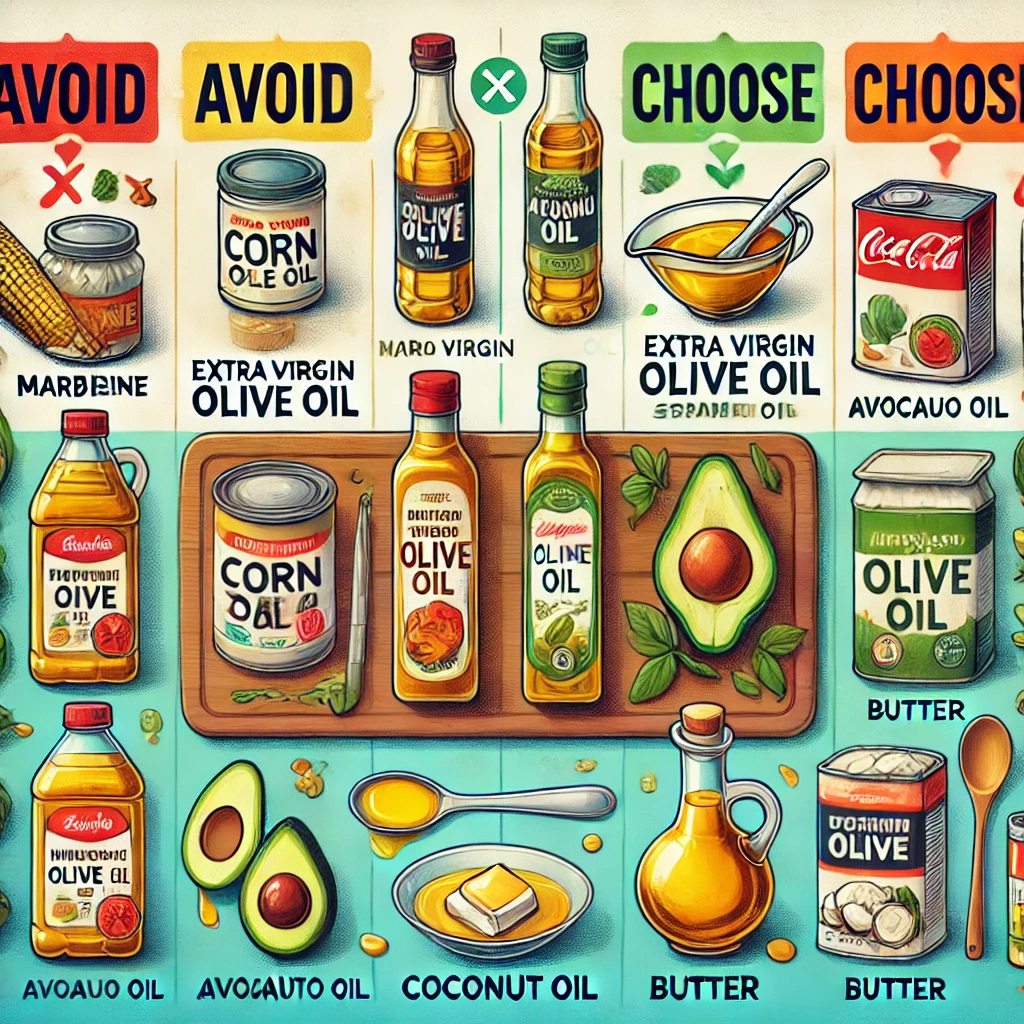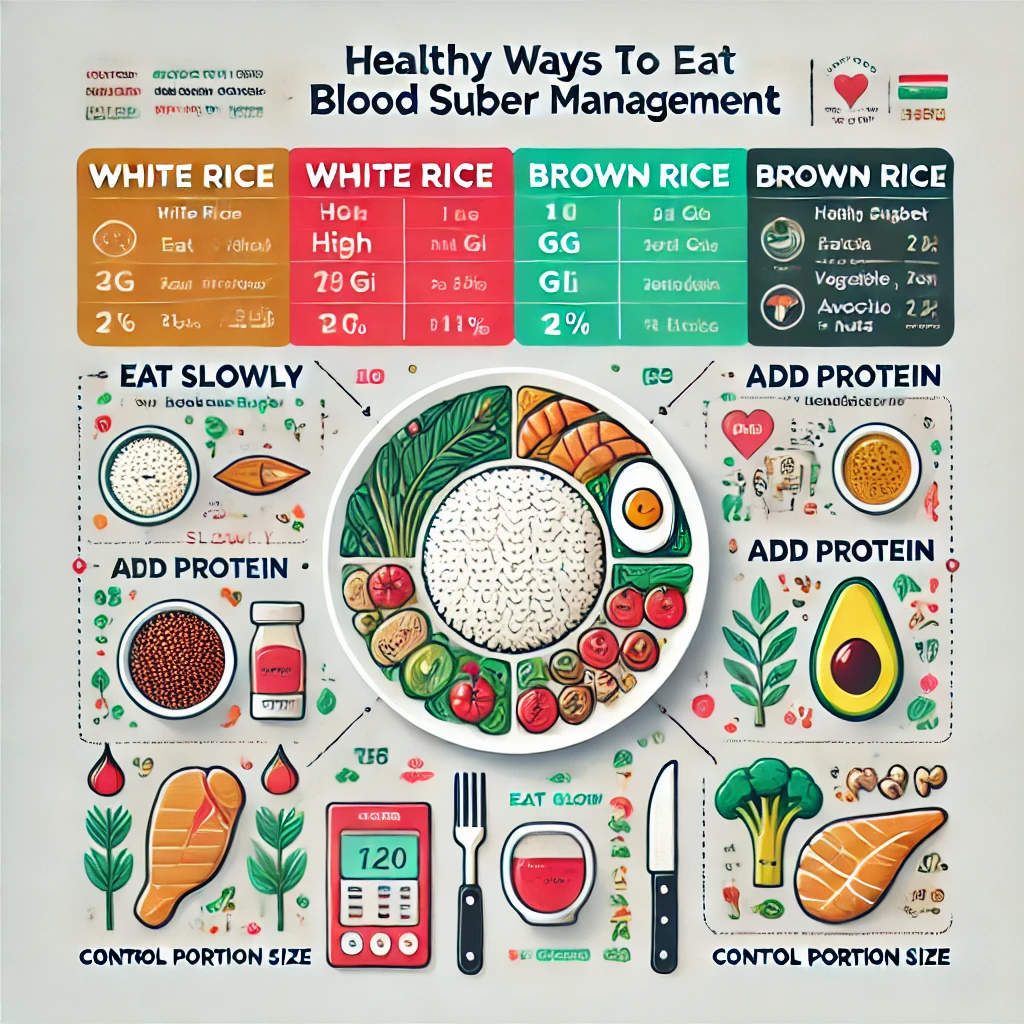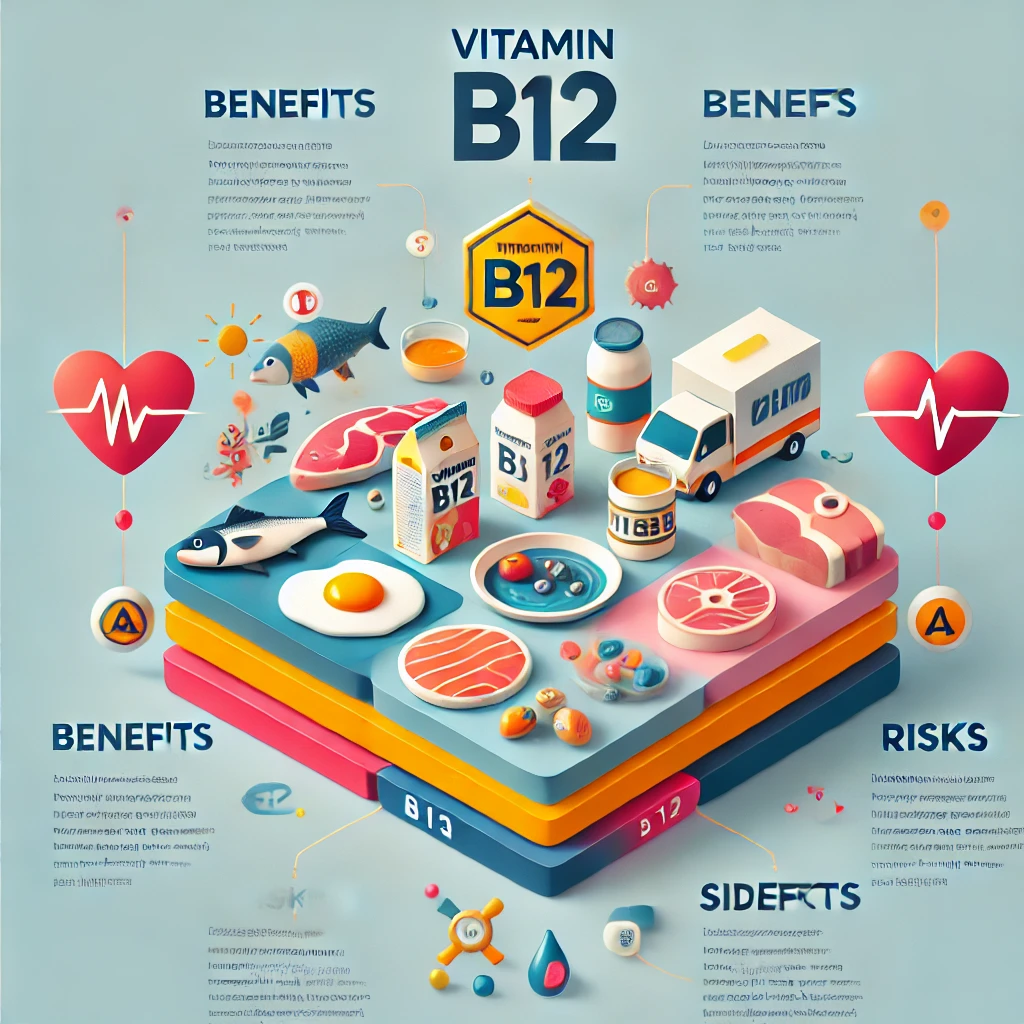Healthy Japchae Recipe for Diabetics and Hypertension Patients
Healthy Japchae Recipe: A Low-Sodium, Low-Carb Option for Everyone Healthy japchae recipe, Japchae, a beloved Korean dish often served during special occasions, combines chewy glass noodles, colorful vegetables, and savory seasoning. However, traditional japchae recipes can… Healthy Japchae Recipe for Diabetics and Hypertension Patients









